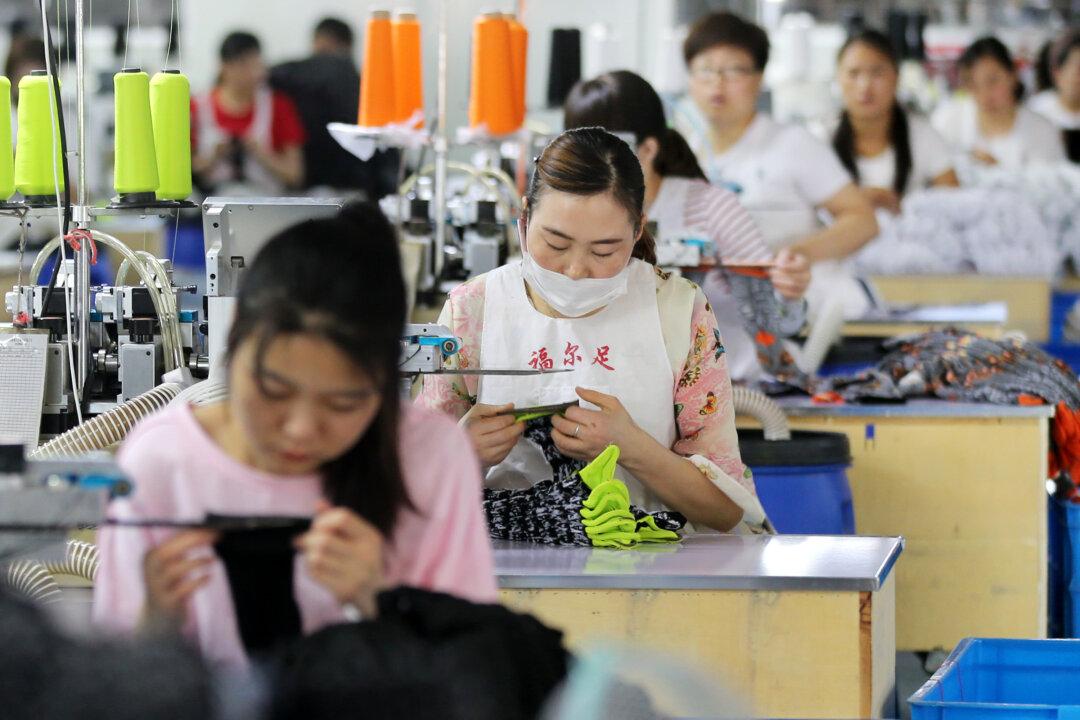News Analysis
The trade conflict between China and the United States, should it drag on, could permanently alter the landscape of the global supply chain.

The trade conflict between China and the United States, should it drag on, could permanently alter the landscape of the global supply chain.